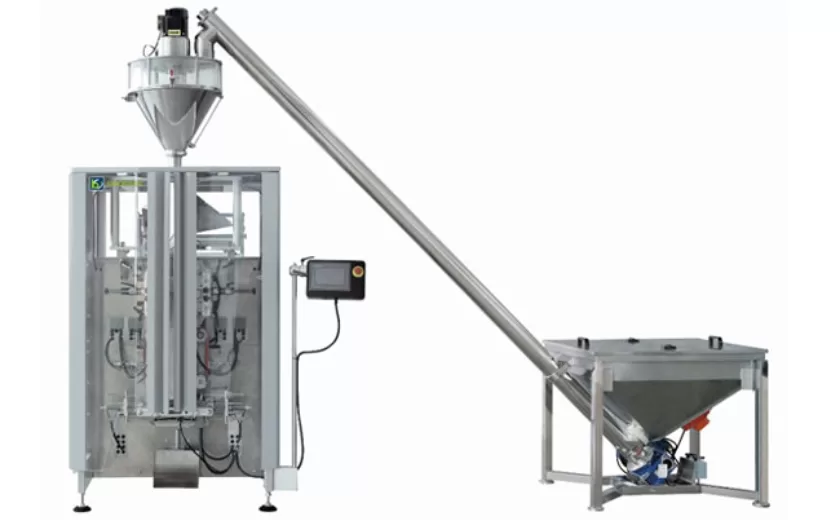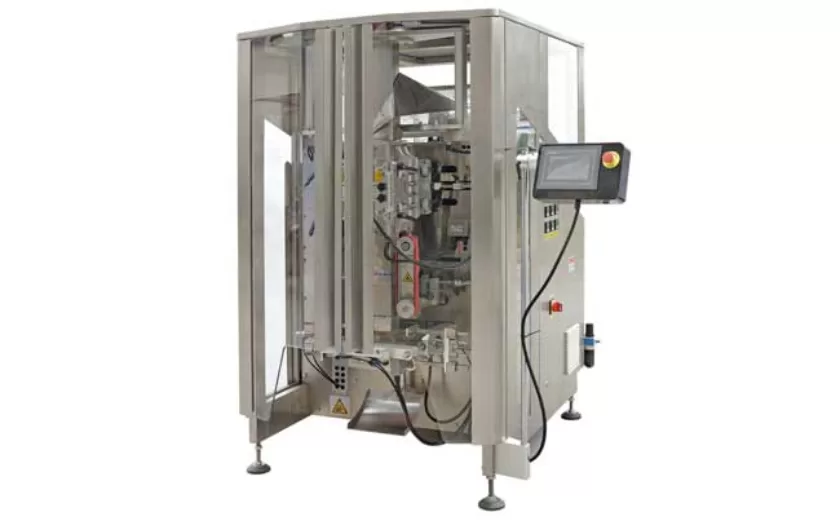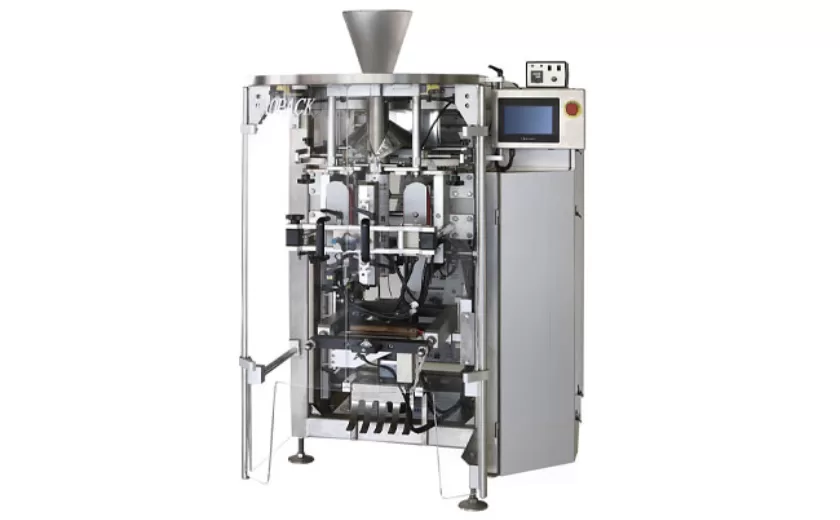Best Practices for Training Staff on Gusset Pouch Filling Operations
Training staff on gusset pouch filling operations is crucial to ensure efficient and safe production processes. Implementing best practices in training helps minimize errors, maximize productivity, and maintain compliance with industry standards. This article outlines the essential best practices for providing effective training to staff involved in gusset pouch filling operations.
Understanding Gusset Pouch Filling Operations
Before training, it is imperative for staff to thoroughly understand the principles and processes involved in gusset pouch filling operations. This includes knowledge of the equipment used, material handling techniques, and quality control procedures. A comprehensive understanding of the process will enable staff to identify potential challenges and implement appropriate solutions.
Establishing Training Objectives
Clearly defined training objectives provide a roadmap for the training program. These should align with the organization’s overall production goals and identify specific skills and knowledge that staff should acquire. Well-defined objectives ensure that the training is focused, relevant, and measurable.
Instructional Methods
A combination of instructional methods enhances training effectiveness. Hands-on training, demonstrations, and simulations allow staff to practice and gain practical experience. Theoretical knowledge is best imparted through classroom sessions, presentations, and online resources. Blended learning approaches cater to different learning styles and ensure a deep understanding of the material.
Safety and Compliance Training
Safety and compliance are paramount in gusset pouch filling operations. Training must emphasize proper safety procedures, including machine operation, material handling, and emergency response protocols. Compliance with industry regulations, such as food safety standards, must also be addressed to minimize risks and ensure product quality.
Continuous Assessment and Feedback
Regular assessments throughout and after training help gauge staff comprehension and identify areas for improvement. Feedback sessions provide opportunities for staff to clarify concepts, receive constructive criticism, and reinforce learned material. Continuous assessment ensures that staff retain knowledge and apply it effectively in their daily tasks.
Documentation and Records
Maintaining detailed training records is crucial for quality assurance and accountability. These records should include training materials, attendance logs, assessment results, and any certifications obtained. Proper documentation ensures compliance, facilitates future training updates, and provides evidence of staff competence.
By adhering to best practices for training staff on gusset pouch filling operations, organizations can improve production efficiency, enhance product quality, and ensure workplace safety and compliance. A well-trained workforce possesses the knowledge, skills, and confidence to perform their tasks effectively, contributing to the overall success of the operation.
-

Advanced Packing Solutions: Snacks, Sugar, and Frozen Food Machines
29-10-2025 -

Efficient and Reliable Solutions for Salt, Nuts, and Frozen Dumplings Packing
29-10-2025 -

High-Performance Biscuits, Lollipop, and Ketchup Packing Machines for Modern Food Production
29-10-2025 -

Efficient Liquid Filling and Packing Machines for Modern Production
23-10-2025 -

Reliable Granule Packaging Machines for Efficient Production
23-10-2025 -

Efficient Auger Powder Filling Machines for Accurate Packaging
23-10-2025 -

High-Performance Liquid Filling and Packing Machines for Hygienic Production
10-10-2025 -

High-Efficiency Granule Packaging Machines for Precision and Speed
10-10-2025 -

High-Precision Auger Type Powder Filling Machines for Efficient Packaging
10-10-2025 -

Efficient Vertical Form Fill Seal Packaging Machines for Smart Production
10-10-2025





